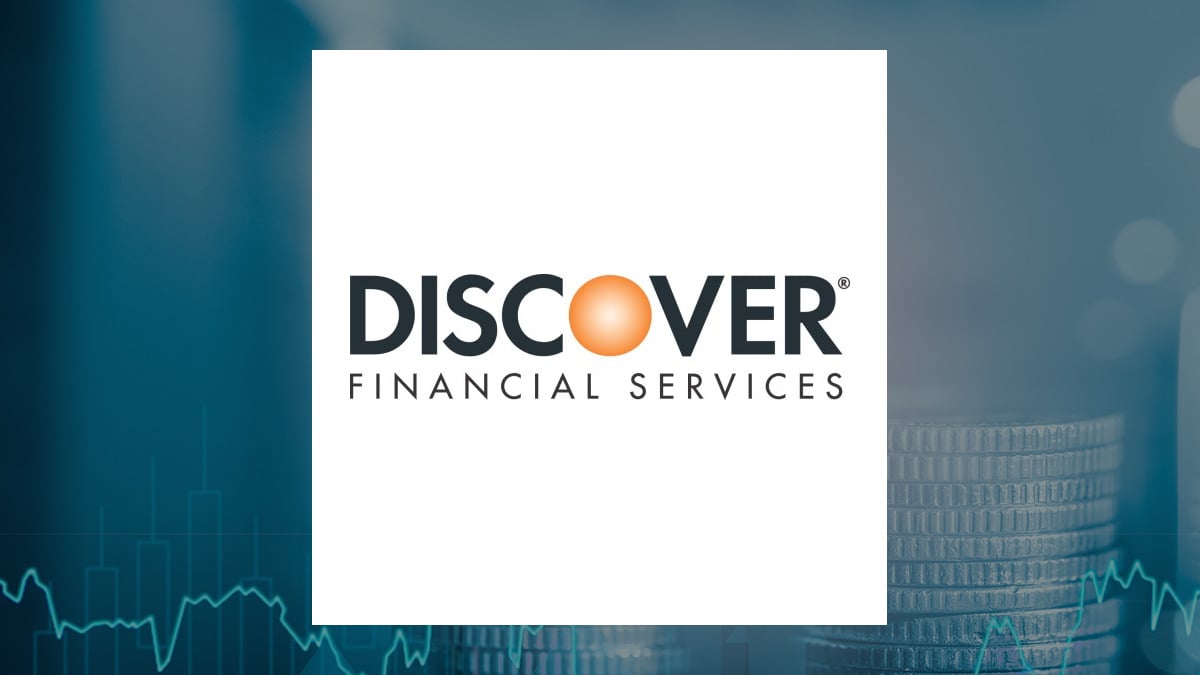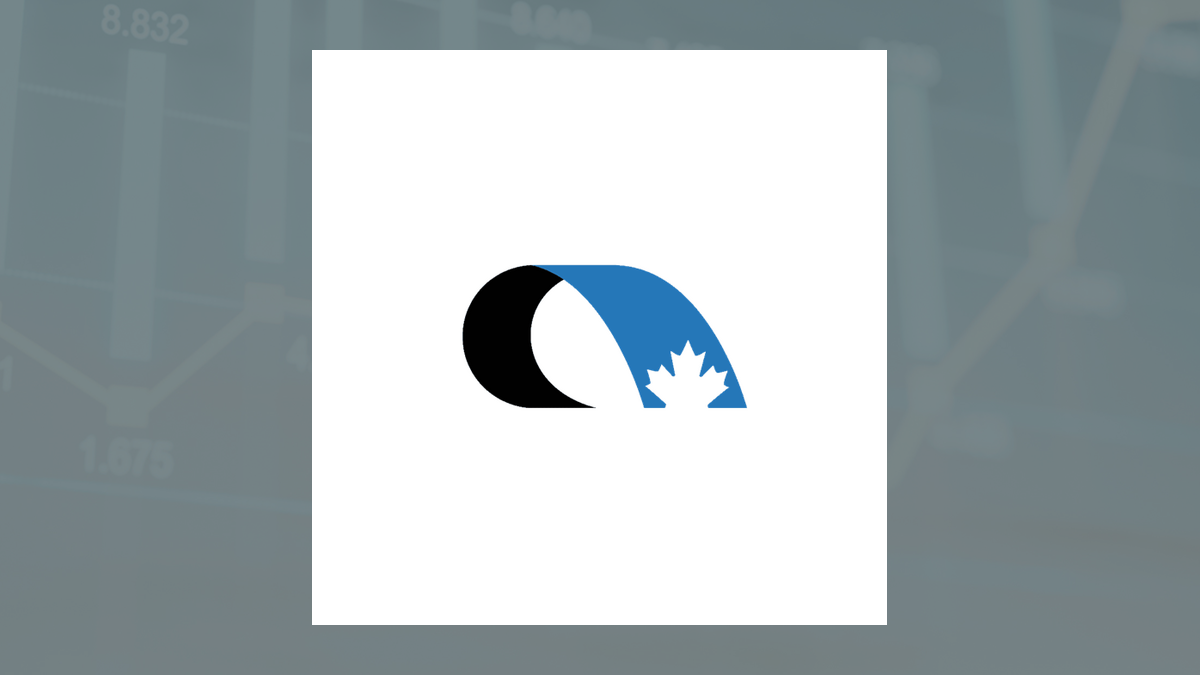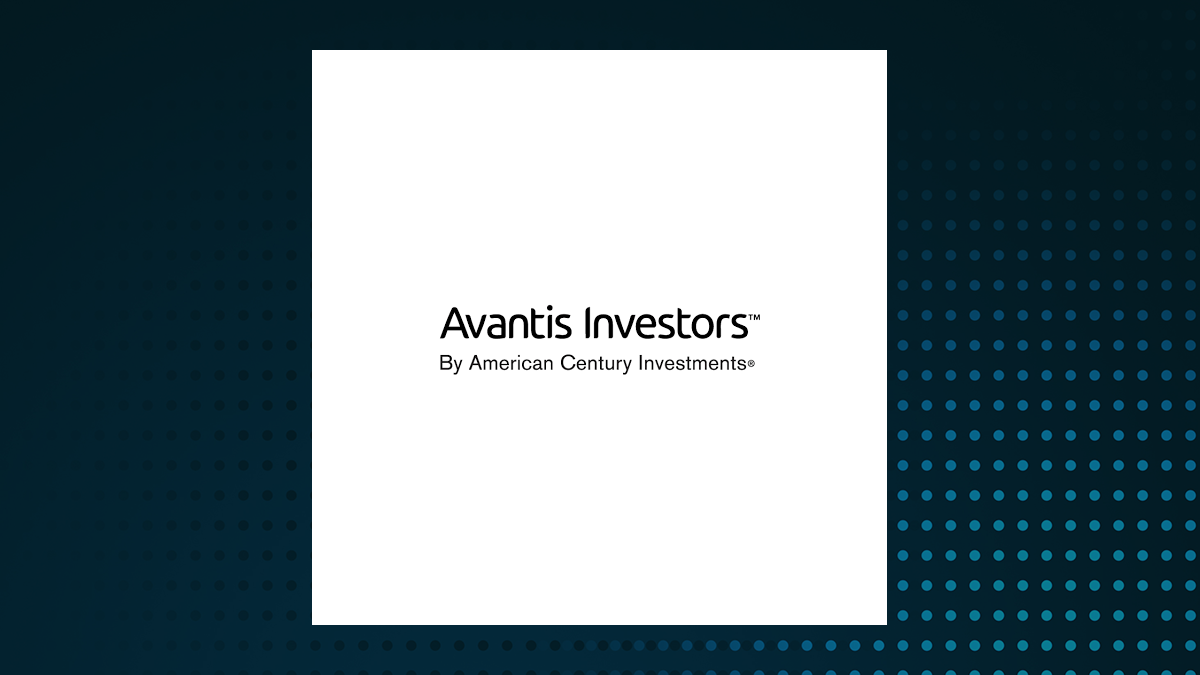
High earners may have what's known as a "quality problem." The problem is that they earn so much that they're able to save a lot of money, but the $23,000 contribution limit for a 401(k) and $7,000 limit for IRAs isn't enough to meet their retirement savings capabilities. Having so much in savings that you have to open a taxable brokerage account just to invest it is a great problem to have.
But there may be a way for high earners to save even more in their tax-advantaged retirement accounts. A little-known hack could allow you to save up to $46,000 more in your 401(k) or Roth IRA in 2024. It's called the mega backdoor Roth .

This option isn't available to everyone, and you need to be able to save a lot of money to truly take advantage of it. But it could unlock some supercharged savings for high earners. Here's what you need to know.
Opening up the big backdoor If you earn above the income limits to contribute directly to a Roth IRA, you may be familiar with the backdoor Roth IRA . The mega backdoor works in a very similar manner, but uses your 401(k) and a few special rules. Here's a quick recap of the regular backdoor Roth IRA.
If you're ineligible to contribute to a Roth IRA, you can still make a non-deductible contribution to a traditional IRA. You won't get a tax break, but you can immediately convert those funds to a Roth IRA , which is effectively the same as contributing directly to a Roth IRA. With a mega backdoor Roth, you'll take advantage of a little-known rule in the IRS code that specifies the limit for total contributions to a 401(k) (or other defined contribution retirement plans ).
Total contributions include your regular payroll deductions, your employer match , and a special type of employee contribution known as (non-Roth) after-tax contributions. For 2024, the total contribution limit is $69,000. Those age 50 and older can also make a $7,500 catch-up contribution , increasing the total limit to $76,500.
Not every plan allows additional after-tax contributions, so that will be the first hurdle in accessing the mega-backdoor strategy. Read your plan carefully or send a message to your HR department to see if your plan allows it. If your plan allows additional after-tax contributions, you'll also need to be able to convert those funds to a Roth account.
That could either be a Roth account within the 401(k) plan, or a separate Roth IRA. Some plans may allow for one and not the other. The latter is ideal, as IRAs have more investment options and can avoid the fees associated with most 401(k) plans.
In order to execute a Roth IRA conversion, your plan must allow for "in-service withdrawals." Check your plan for that language, or ask HR. All told, if you can access the mega backdoor Roth, you could add as much as $46,000 to your retirement accounts in 2024.
That can go a long way toward a comfortable retirement. The benefits of the mega backdoor Roth for high earners Without access to the mega backdoor Roth, excess retirement savings will have to go in a regular taxable brokerage account. A Roth account is preferable to a taxable account for retirement savings.
The big benefit is that you won't pay any taxes on the capital gains on the investments in the Roth account. You also won't pay any taxes on any annual dividends or interest income, which can add to your tax bill while you're working. Holding your savings in a Roth retirement account could also help your child qualify for more financial aid for college.
Assets in a retirement account won't count on the FAFSA, but assets held in a taxable brokerage account will. That could reduce the burden on either yourself or your child when it comes to paying for college. There are some drawbacks to the mega backdoor Roth, though.
Since retirement accounts are intended for retirement, you won't be able to access the earnings on your savings without penalty until age 59 1/2. That might be problematic for a high earner who saves a large percentage of their paycheck. You might be planning to retire earlier than that.
You may withdraw up to the amount you contributed from a Roth IRA without taxes or penalty before that age. However, withdrawing earnings early is subject to a 10% penalty plus income tax on the amount withdrawn. If you keep your money in a Roth 401(k) , be advised that early withdrawals pro-rate contributions and earnings, meaning you cannot avoid at least some penalty on an early withdrawal.
If you've retired early, you should be able to roll over that Roth 401(k) to a Roth IRA first to avoid that situation. In that case, be mindful of the five-year rule , which requires you to have had a Roth account open for five years before withdrawing without tax. If you have access to the mega backdoor Roth and the savings to fund it, it usually makes a lot of sense to do so.
The tax savings and protections it provides can help you reach retirement faster, or ensure you have more money when you decide to call it quits..














